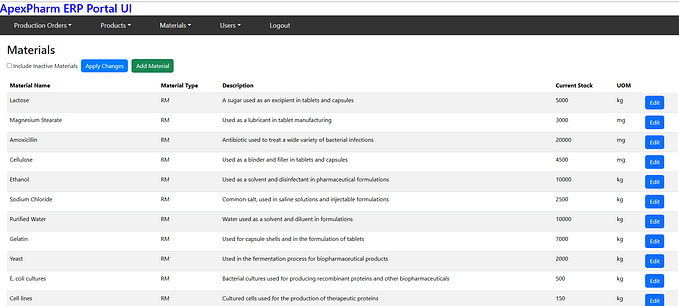Member-only story
Hosting an ASP.NET Core App on Docker with HTTPS
How to run an ASP.NET Core app in a docker container with HTTPS?

This post is intended to provide some additional information to the official documentation, Hosting ASP.NET Core images with Docker Compose over HTTPS, in Microsoft Docs. In this post, we will only talk about hosting an app using Kestrel as an edge (internet-facing) web server, without a reverse proxy server, which is the same scope as that in the official documentation.
You can find a sample app from my GitHub repository, and you can play with the sample app given that you have installed the Docker Desktop.
SSL Certificate
Why do we need an SSL certificate in the development environment?
ASP.NET Core supports HTTPS by default, and HTTPS relies on certificates for trust and encryption. If our application uses the HTTPS redirection middleware, but we don’t supply an SSL certificate, then we may get an “Unable to start Kestrel” exception with the following message.
System.InvalidOperationException: Unable to configure HTTPS endpoint. No server certificate was specified, and the default developer certificate could not be found or is out of date.To achieve the full HTTPS support in the development environment, we need a trusted localhost certificate. Fortunately, it is simple to create a self-signed SSL certificate by following the official documentation. We can export a private key file (aspnetapp.pfx) to an ASP.NET default location using the following command (on Windows).
dotnet dev-certs https -ep %USERPROFILE%\.aspnet\https\aspnetapp.pfx -p { password here }NOTE: The command above only works in a command prompt (CMD), but not in a bash or a PowerShell terminal. PowerShell is not able to interpret the environment variable %USERPROFILE%, which should be $env:userprofile instead. So the equivalent command in PowerShell is as follows:
dotnet dev-certs https -ep $env:USERPROFILE\.aspnet\https\aspnetapp.pfx -p { password here }The private key file can be exported to any location or with a different file name, and we can export it as many times as we want. We will supply an…









